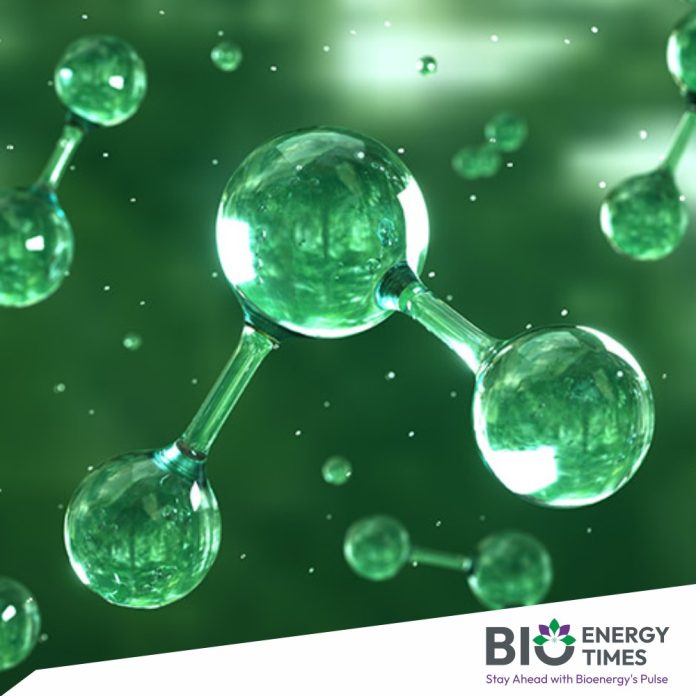A new development in stainless steel technology could transform green hydrogen production and support a more sustainable global energy transition. Researchers at the University of Hong Kong (HKU), led by Professor Mingxin Huang, have introduced a groundbreaking material called stainless steel for hydrogen (SS-H2).
This innovation tackles two major issues in water electrolysis systems—high costs and corrosion resistance—marking an important step forward in green energy solutions.
Green hydrogen is produced by splitting water into hydrogen and oxygen using renewable electricity. It plays a vital role in reducing carbon emissions. However, the high costs and limited durability of materials used in electrolysis have slowed its adoption. The introduction of SS-H2 offers a more affordable and durable solution, making green hydrogen production more practical.
Currently, structural components in electrolysis systems are often made with gold- or platinum-coated titanium, which drives up costs. SS-H2 provides a similar level of corrosion resistance as titanium but at a much lower price. The material was created using a process called “sequential dual-passivation,” which combines protective layers made from chromium and manganese.
Dr. Kaiping Yu, the lead author of the research, said, “At first, we didn’t believe it because most experts think manganese reduces stainless steel’s corrosion resistance. But this discovery showed that manganese-based protection works, even though it goes against what we thought before. Once we saw strong evidence at the atomic level, we knew this could work. We’re excited to explore its full potential.”
The new stainless steel also resists corrosion in saltwater, raising hopes for producing green hydrogen directly from seawater. It can withstand harsh chloride-rich conditions at extremely high levels of up to 1700 millivolts, far outperforming traditional stainless steel materials.
This breakthrough could lead to lower costs and greater accessibility for green hydrogen production, offering a boost to global efforts to reduce carbon emissions.
For detailed information and further insights, please refer to BioEnergyTimes.com, which provides the latest news about the Green Hydrogen Industry
















